Summary | Excerpt | Reading Guide | Discuss | Reviews | Beyond the Book | Read-Alikes | Genres & Themes | Author Bio
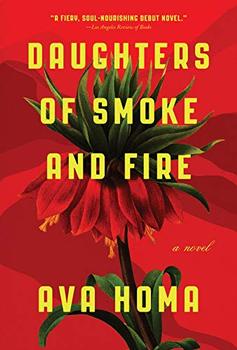
Critics' Opinion:
Readers' Opinion:
First Published:
May 2020, 320 pages
Paperback:
May 2021, 304 pages
 Book Reviewed by:
Book Reviewed by:
Naomi Benaron
Buy This Book
This article relates to Daughters of Smoke and Fire
 Kurdistan is a mountainous region that includes parts of Turkey, Iran, Iraq, Syria and Armenia. The Kurds' territory was first partitioned between the Ottoman and Safavid Empires in the 17th century. The 1923 Treaty of Lausanne at the end of World War I divided the region into its current configuration. Despite its geographic size and a population of between 25 and 35 million Kurds, Kurdistan has never achieved statehood, and all efforts to establish independence have been met with brutal repression. Today, in Iraq and Syria, the Kurds have autonomously governed regions. In Armenia, the Kurds are granted a representative seat in parliament. In Turkey and Iran, where armed struggle for independence continues, Kurdish resistance groups are labeled as terrorist organizations subject to imprisonment, torture and execution.
Kurdistan is a mountainous region that includes parts of Turkey, Iran, Iraq, Syria and Armenia. The Kurds' territory was first partitioned between the Ottoman and Safavid Empires in the 17th century. The 1923 Treaty of Lausanne at the end of World War I divided the region into its current configuration. Despite its geographic size and a population of between 25 and 35 million Kurds, Kurdistan has never achieved statehood, and all efforts to establish independence have been met with brutal repression. Today, in Iraq and Syria, the Kurds have autonomously governed regions. In Armenia, the Kurds are granted a representative seat in parliament. In Turkey and Iran, where armed struggle for independence continues, Kurdish resistance groups are labeled as terrorist organizations subject to imprisonment, torture and execution.
Kurdish women have been on the battlefield since at least the 19th century when, to prove her loyalty to the Ottoman Empire following the arrest of her husband who was a tribal leader, Kara Fatima Khanum led a battalion of 300 Kurdish horsemen against the Russians during the Crimean War. Today, estimates suggest that 30-40 percent of combatants in Kurdistan are women. In Syria, they are the Women's Protection Unit, the YPJ; in Iraq, they are the Free Women's Unit, or YJA Star, which is the female branch of PKK, the banned Kurdistan Workers' Party.
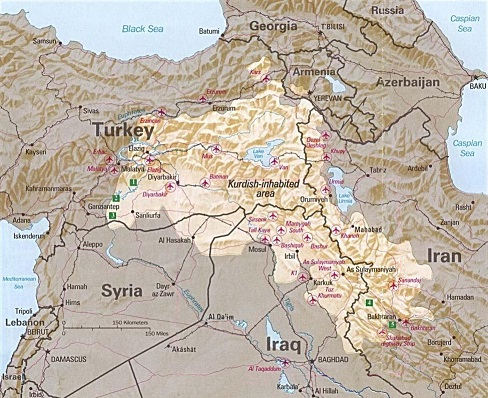 Female Peshmerga have played a critical role on the frontlines in Mosul and Kirkuk. Peshmerga, which means "those who face death," is the official military branch of the Kurdistan region of Iraq. In August 2014, the Islamic State (IS) overran the Yazidi community of Sinjar in northern Iraq, slaughtering the men and boys and capturing the women and girls to be used as sex slaves. The United Nations labeled the attack as genocide. Yazidi singer Khatoon Khider fled the massacre, and after hiding for days without food in the mountains, decided she needed to fight back. "I was famous in many places. But I left all of that after what happened and I became a soldier," she told PRI reporter Richard Hall. She formed the first all-female Peshmerga brigade, which she called the Sun Ladies. As of 2017, they were 1,700 strong.
Female Peshmerga have played a critical role on the frontlines in Mosul and Kirkuk. Peshmerga, which means "those who face death," is the official military branch of the Kurdistan region of Iraq. In August 2014, the Islamic State (IS) overran the Yazidi community of Sinjar in northern Iraq, slaughtering the men and boys and capturing the women and girls to be used as sex slaves. The United Nations labeled the attack as genocide. Yazidi singer Khatoon Khider fled the massacre, and after hiding for days without food in the mountains, decided she needed to fight back. "I was famous in many places. But I left all of that after what happened and I became a soldier," she told PRI reporter Richard Hall. She formed the first all-female Peshmerga brigade, which she called the Sun Ladies. As of 2017, they were 1,700 strong.
Kurdish women fighters have been instrumental in the overthrow of Saddam Hussein, the liberation of the Yazidi in Sanjar, and the defeat of IS in Syria and Iraq. They endure the same rigorous training as their male counterparts and, fighting side by side, they have gained recognition and respect for their skill, bravery and fierceness. But these women are also fighting a social and political battle. In an article in Marie Claire, women from the YPJ told photographer Erin Trieb that they want independence from oppressive governments, and ultimately, freedom and equality for women on the home front.
The struggle of Kurdish women for equality has deep and complicated roots. On the one hand, Kurdish society has always been more liberal than other Middle Eastern cultures. Although mostly Muslim, Kurds have a secular tradition that does not include veiling women. In 1667, Italian scholar Pietro Della Valle noted in his travel diary "Kurdish women commuting freely without hijab." This liberalism can be seen in the founding doctrine of the PKK, which has at its core the precept that women and men have equal rights. Abdullah Ocalan, the jailed leader of the PKK, states that, "the land cannot be free when women are not free."
On the other hand, however, Kurdish women experience, in the words of one scholar, "a variety of levels of discrimination: national chauvinism of the ruling nations, male chauvinism of one's own nation, misogyny of Islamic groups, and continuing war." Many of the female fighters come from rural areas where women have to ask permission to leave the house and child marriage, physical abuse against women, and honor killings are not uncommon. Some joined the resistance as teenagers after running away from strict parents. Many have become soldiers to help shape a world in which freedom extends to all aspects of their lives: political, societal and personal. "I don't want to get married or have children or be in the house all day," one of the fighters told Erin Trieb. "I want to be free. If I couldn't be a YPJ I think my spirit would die."
It is worth noting that resistance is not only fought with the gun, but also with the written word. "Writing is a form of resistance not a luxury," Ava Homa told SBS Kurdish. Readers may wish to also take a look at the work of two female Kurdish poets to whom Homa pays tribute in her novel Daughters of Smoke and Fire, Choman Hard and Kajal Amad.
Peshmerga fighters, courtesy of Females on the Frontline
Map of Kurdistan, courtesy of The University of Texas Austin
Filed under People, Eras & Events
![]() This "beyond the book article" relates to Daughters of Smoke and Fire. It originally ran in June 2020 and has been updated for the
May 2021 paperback edition.
Go to magazine.
This "beyond the book article" relates to Daughters of Smoke and Fire. It originally ran in June 2020 and has been updated for the
May 2021 paperback edition.
Go to magazine.
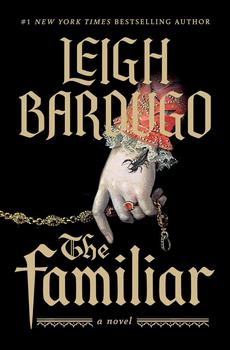
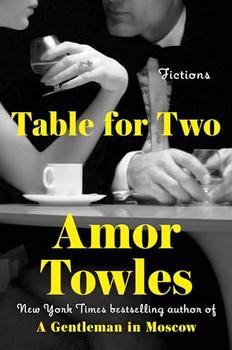
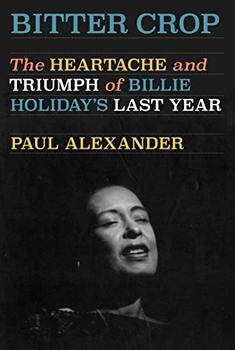
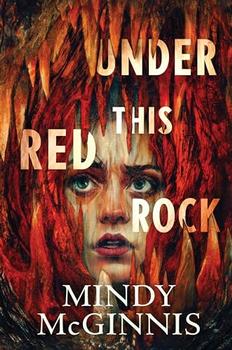

The Flower Sisters
by Michelle Collins Anderson
From the new Fannie Flagg of the Ozarks, a richly-woven story of family, forgiveness, and reinvention.

The House on Biscayne Bay
by Chanel Cleeton
As death stalks a gothic mansion in Miami, the lives of two women intertwine as the past and present collide.

The Funeral Cryer by Wenyan Lu
Debut novelist Wenyan Lu brings us this witty yet profound story about one woman's midlife reawakening in contemporary rural China.
Your guide toexceptional books
BookBrowse seeks out and recommends the best in contemporary fiction and nonfiction—books that not only engage and entertain but also deepen our understanding of ourselves and the world around us.